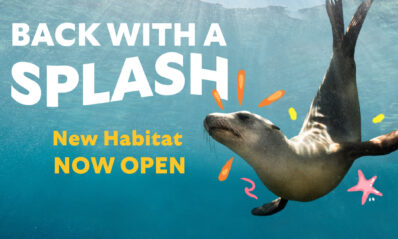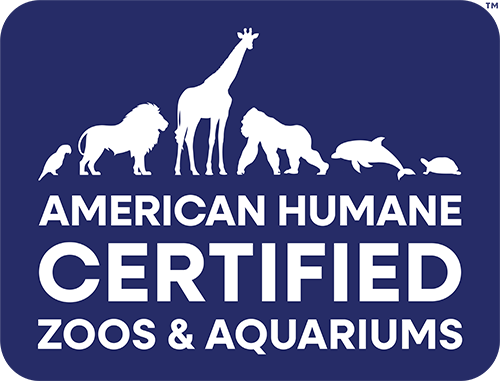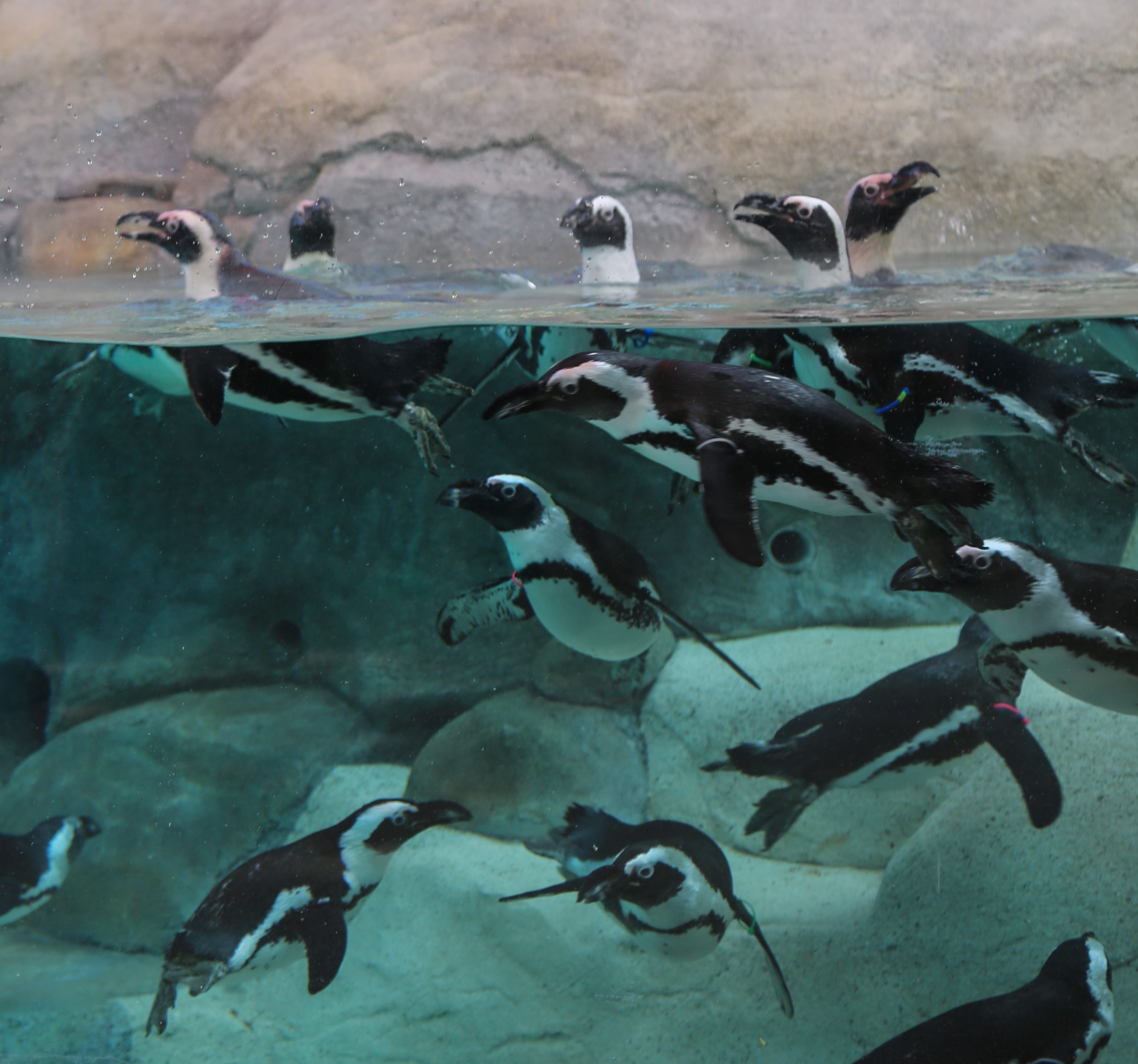
If you happened to miss the noisy brays of excitement-both ours and the birds’-Denver Zoo’s waddle of 17 African penguins got some deluxe new digs last month. On September 30, after about a month of private penguin acclimation, Pinnacol African Penguin Point opened to great public fanfare.
With a clear 10,000-gallon swimming pool surrounded by heated rockwork and fitted with cozy burrows, Penguin Point was indeed inspired by the distinctive landscapes of the species’ hometown habitat. But there’s more to this tuxedo-clad tale than just topography. Read on to learn more about the unexpected conservation success story of Boulders Beach, how Denver Zoo is involved…and what YOU can do.
The African Penguin: A Species’ Deadly Demise
The African penguin (Spheniscus demersus) lives exclusively in the warm waters of coastal Southern Africa, from Namibia to Port Elizabeth, including many of the surrounding islands. The birds are social breeders, nesting in colonies like the one at Boulders Beach-a quiet coastal community which has unwittingly become one of Cape Town’s most beloved tourist attractions.
But over the past 100 years, wild African penguin populations across the South African coast have declined more than 98%-from more than a million breeding pairs to just about 25,000 pairs. Overfishing, plastic pollution, climate change, habitat encroachment and oil spills are all significant contributing factors. The species was first classified as endangered by the Union for the Conservation of Nature and Natural Resources (IUCN) in 2010. But by 1983, the colony at Boulder’s Beach had already been reduced to just two breeding pairs.
 Travis Garrett (Denver Zoo) and Aimee Sugrue (Mystic Aquarium) hand-feed sardines to African penguin chicks
Travis Garrett (Denver Zoo) and Aimee Sugrue (Mystic Aquarium) hand-feed sardines to African penguin chicks
Many of the remaining wild African penguin colonies live within coastal nature preserves or on small, protected islands mostly uninhabited by humans-which removes at least one of the stressors mentioned above. But Boulders Beach is in a bustling suburb of Cape Town, South Africa’s second-largest city. And, since it’s the only place in the world where humans can get close to these charismatic class clowns, Boulder’s Beach experiences a population boost of 60,000 every year, from penguin tourism alone.
Reduced Fishing. When the Boulders Beach colony was established in the early 1980s, the most serious threat to local penguin populations was commercial fishing in False Bay. As the area’s natural supply of anchovy and pilchard dwindled, the penguins had to swim farther and farther to find food. And, since penguin pairs take turns fishing and minding their nests, these extended absences left mates, eggs and offspring dangerously vulnerable to predation, dehydration and starvation. Government-mandated reductions in pelagic trawling helped the food supply-and the penguins-to start bouncing back.
Penguin Rehabilitation. Here at Denver Zoo, penguin conservation gets personal! Every year, we send our resident penguin experts, Travis Garrett and Stephanie Hollister, to Cape Town-where the Southern African Foundation for the Conservation of Coastal Birds (SANCCOB) works tirelessly to rehabilitate and release penguin chicks. Travis and Stephanie volunteered alongside SANCCOB’s full-time staff, fellow AZA program participants and zookeepers from around the world to rescue and rehabilitate chicks that would not otherwise survive, then release them back to the Boulders Beach and Stony Point colonies. To date, SANCCOB partnerships like this one have led to the release of nearly 90,000 penguin chicks.
 Stephanie after releasing rehabilitated penguins to the resident African penguin colony at Boulders Beach
Stephanie after releasing rehabilitated penguins to the resident African penguin colony at Boulders Beach
Species Survival Plan. Thorough our accreditation by the Association of Zoos and Aquariums (AZA), Denver Zoo participates in the Species Survival Plan (SSP) for many species, including the endangered African penguin. This cooperative program facilitates collaboration among zoos around the world, with the goal of ensuring healthy genetic diversity in zoo animals under human care-as well as the breeding of assurance populations to bolster species for whom wild populations are in decline.
Protected Parkland. In 2004, the coast surrounding Cape Town became Table Mountain National Park Marine Protected Area, dedicated to preserving the two distinct marine bioregions that fall to the east and west of the Cape of Good Hope. In addition to African penguin colonies at Boulders Beach and Stony Point, the area is known for its robust shark and whale populations and is a haven of biodiversity. The goal of the “protected” designation is to set sustainable guardrails for tourism, allowing people to enjoy the area while supporting the healthy growth of vulnerable and endangered marine species.
Responsible Tourism. Tourism, as you might imagine, is a double-edged sword at Boulders Beach; it simultaneously raises public awareness about the challenges African penguins are facing, while potentially contributing to those challenges. But in the decades since the national park designation and IUCN classification, other entities have championed the penguins’ cause in other ways. Strict systems and regulations are in place to protect the colony; an elevated boardwalk also allows visitors to view the colony from a safe distance, while eco-safari tents enable low-impact overnights for penguin superfans.
It Takes a Village to Heal the Planet
As a zoo-based conservation organization, we understand that much of our global impact starts at the local level. That’s why the design of a wildlife experience like Pinnacol African Penguin Point is about so much more than viewing windows or an interactive wavemaker-although those things are pretty cool, too. There’s century-old conservation success story behind Penguin Point. It’s one we hope will inspire our guests to consider the world’s wildlife as they move about their lives. So, what can YOU do?
1. Support Denver Zoo. Every donation, membership and ticket helps us care for our 3,000 animals. Your visit also helps fund critical conservation efforts around the world, including our partnership with SANCCOB-which we’re thrilled to be supporting again this year.
2. Choose Seafood Wisely. Our partner, Monterey Bay Aquarium, makes it easy to choose seafood that is responsibly sourced. Add Seafood Watch® to your home screen today to ensure that your meals don’t contribute to wildlife endangerment.
3. Avoid Single-Use Plastics. With single-use plastics, recycling is no longer enough; it’s a much better choice to avoid them altogether. Coffee cups, drinking straws, yogurt tubs, shampoo bottles-consider everything in your grocery cart and ask yourself if there’s a better option.
4. Adopt a Penguin. If this article hasn’t made you feel like hugging a penguin…are you okay? One surefire way to start feeling FINE is to snuggle up with a formal feathered friend-the plush version, that is! It’s a great way to show your love for penguins and get a special souvenir of your visit.
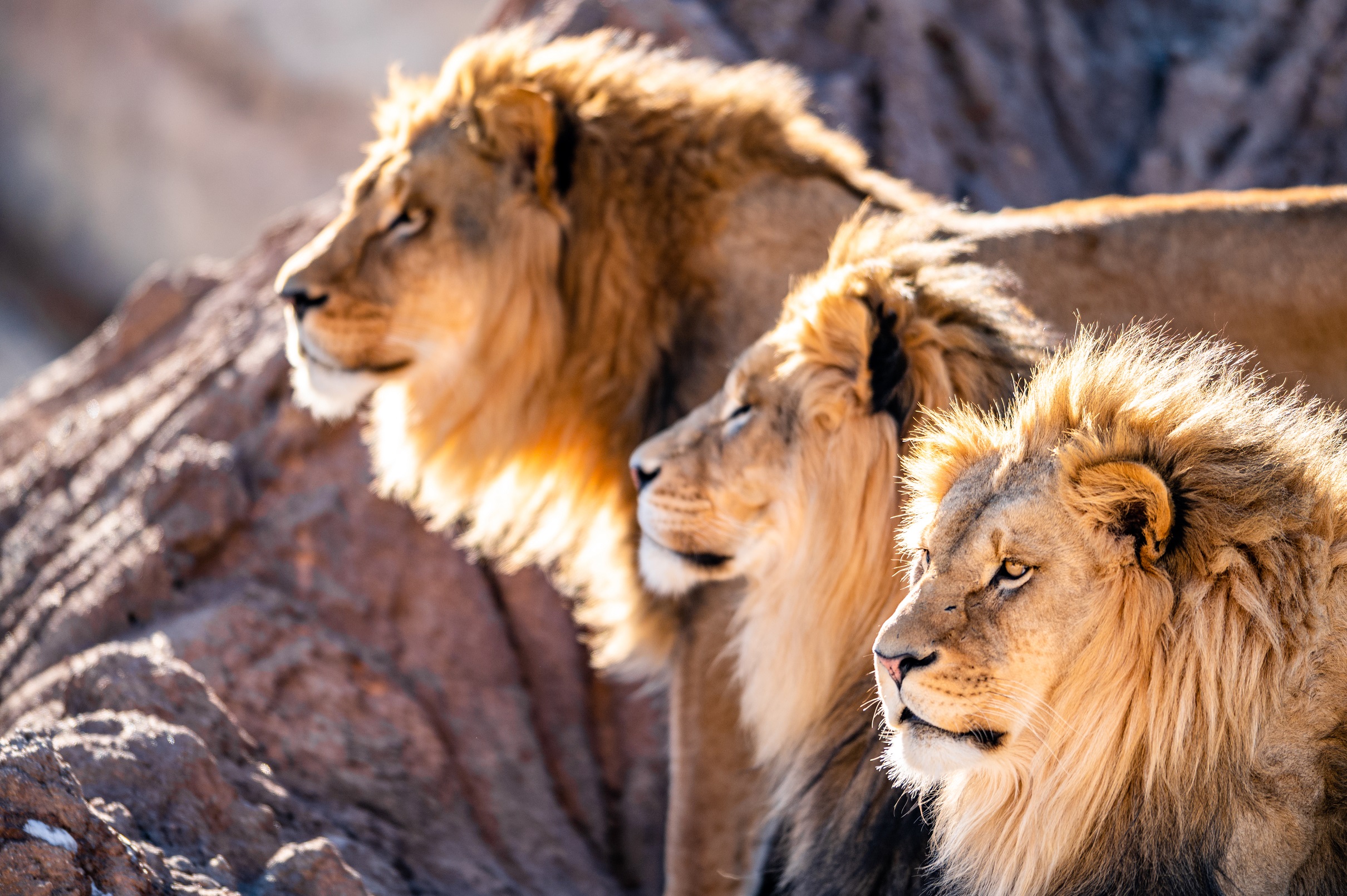

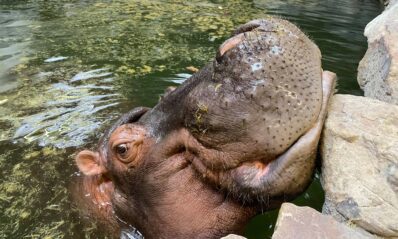
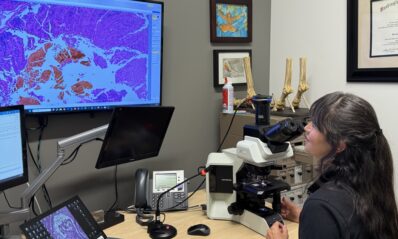
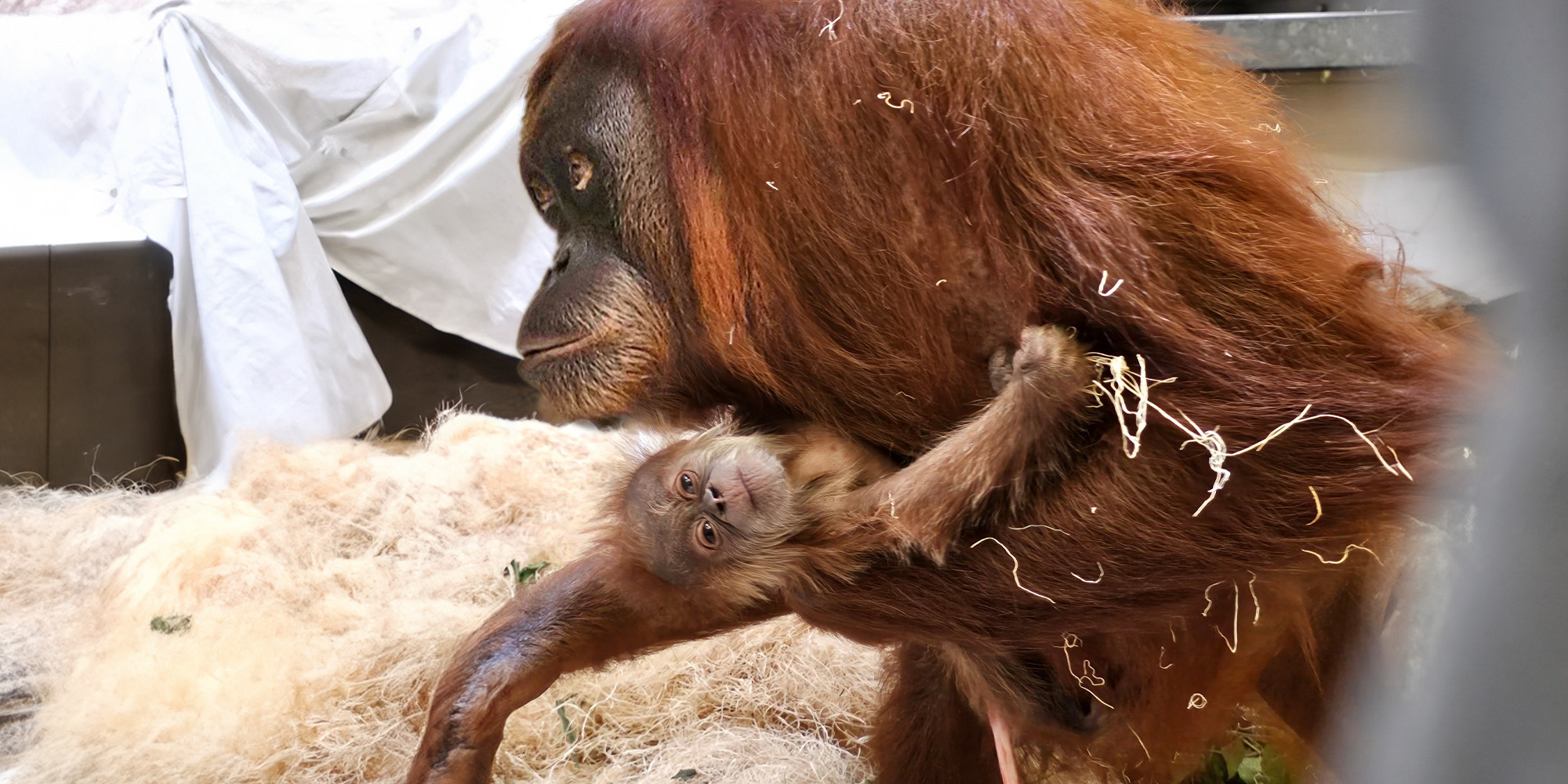

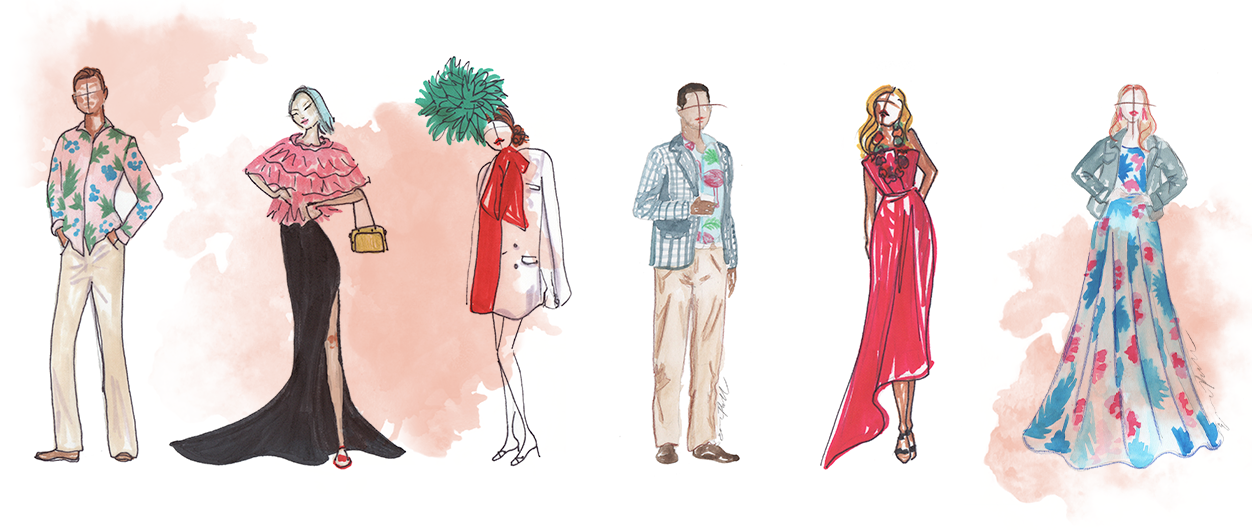

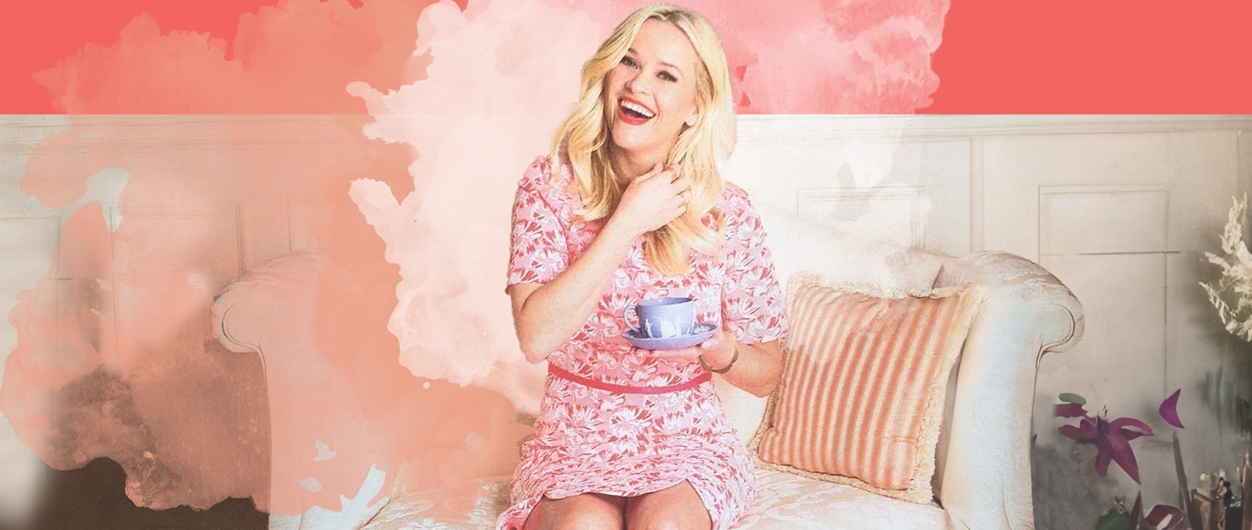



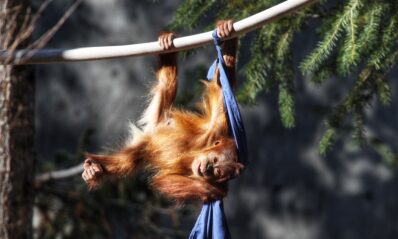
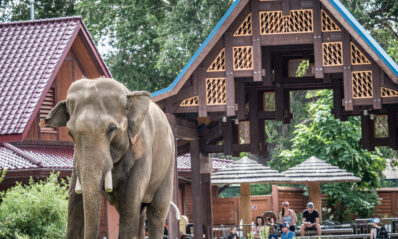
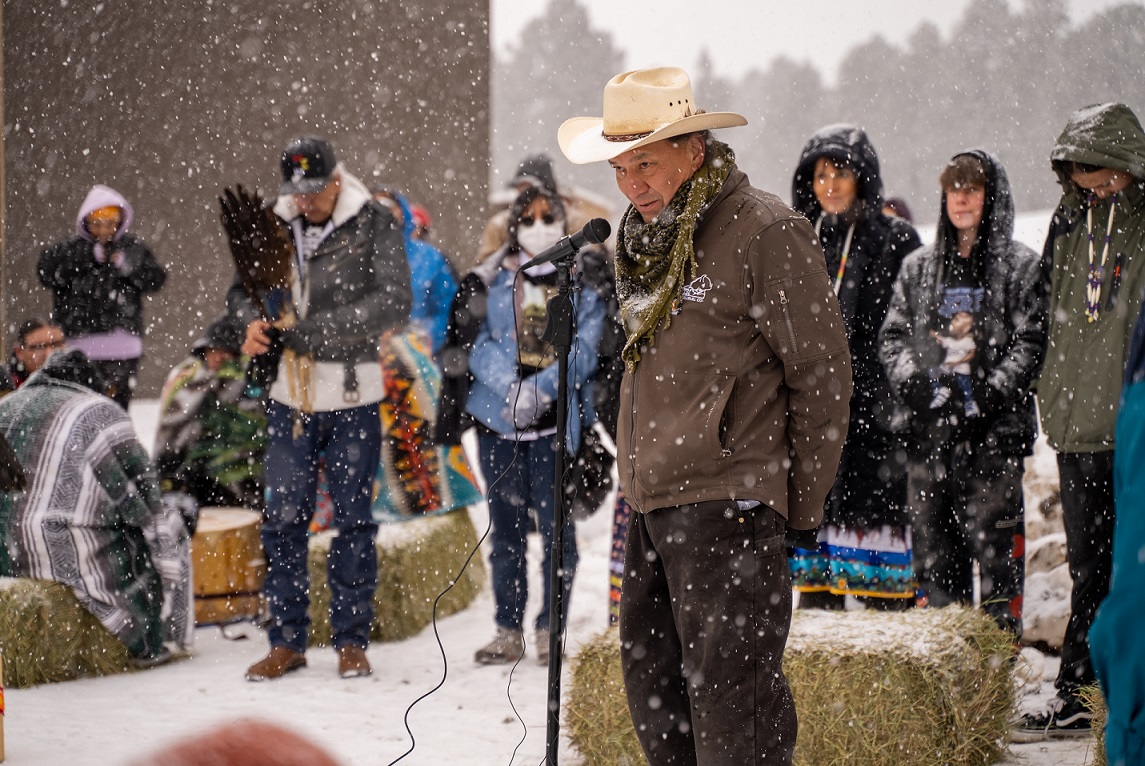


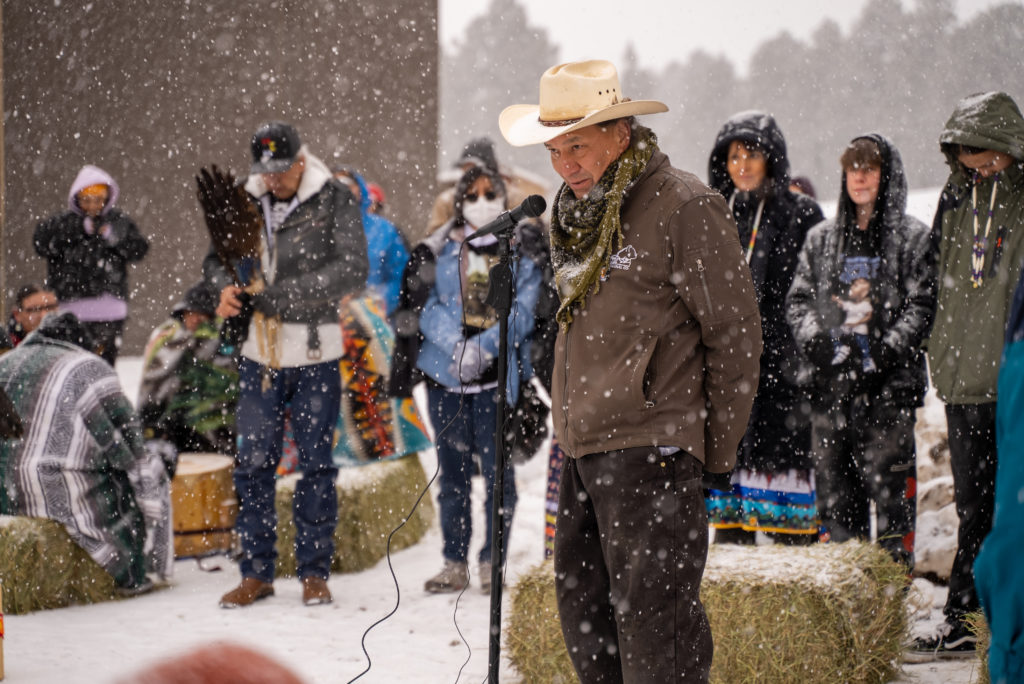
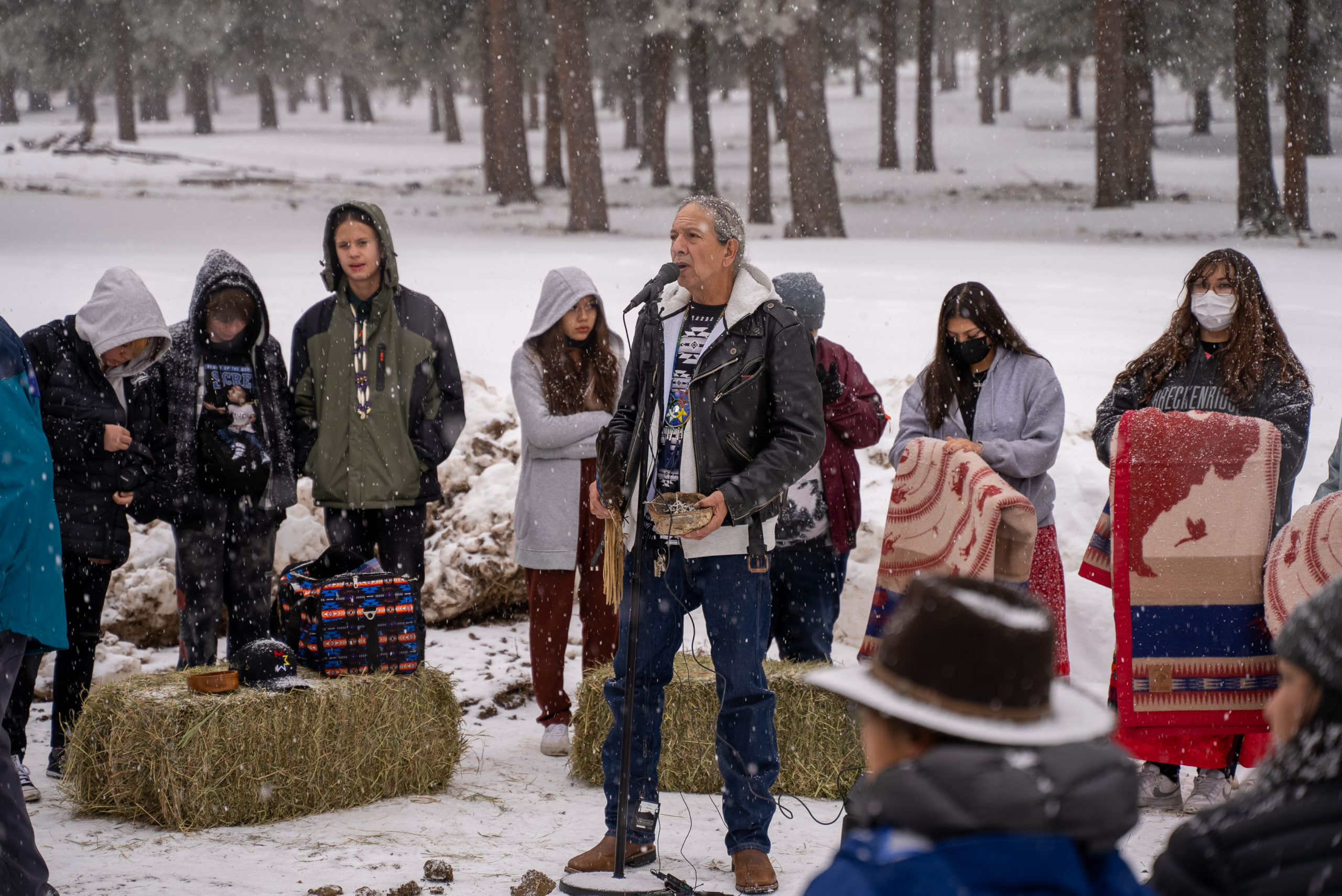
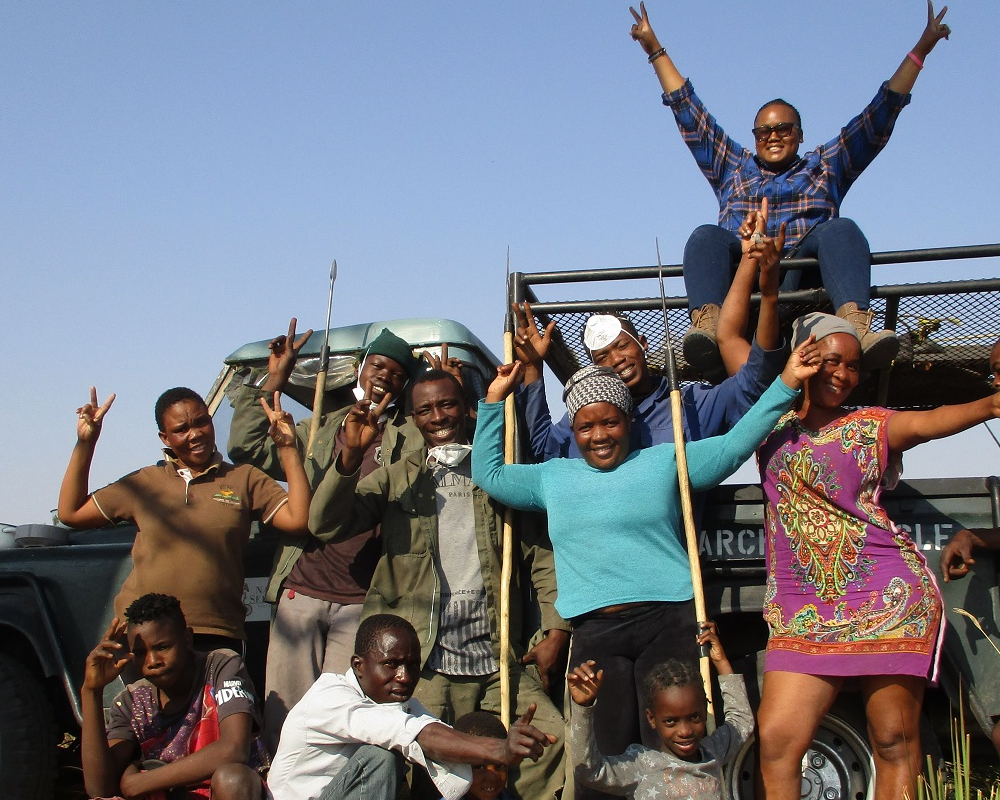
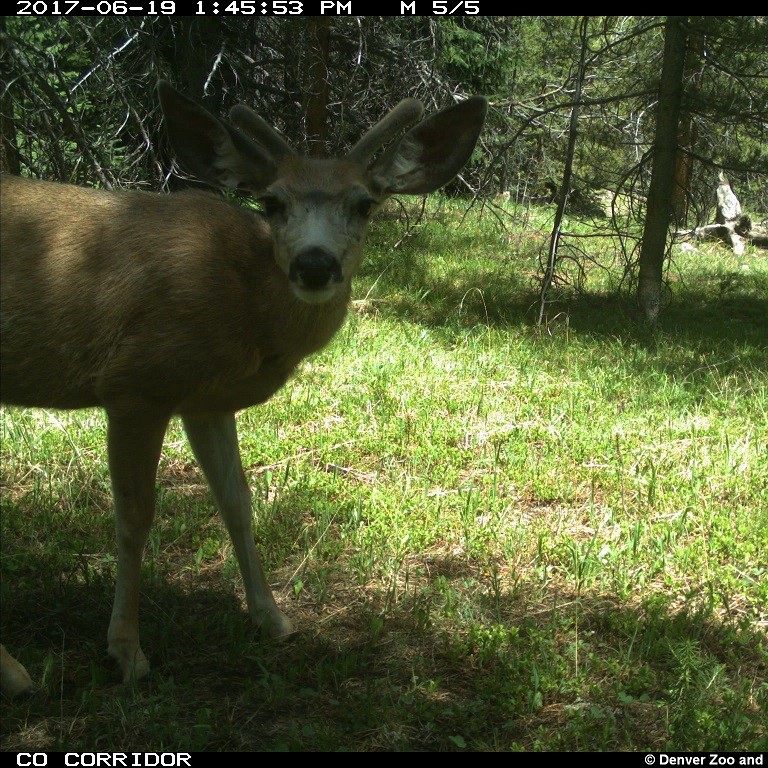
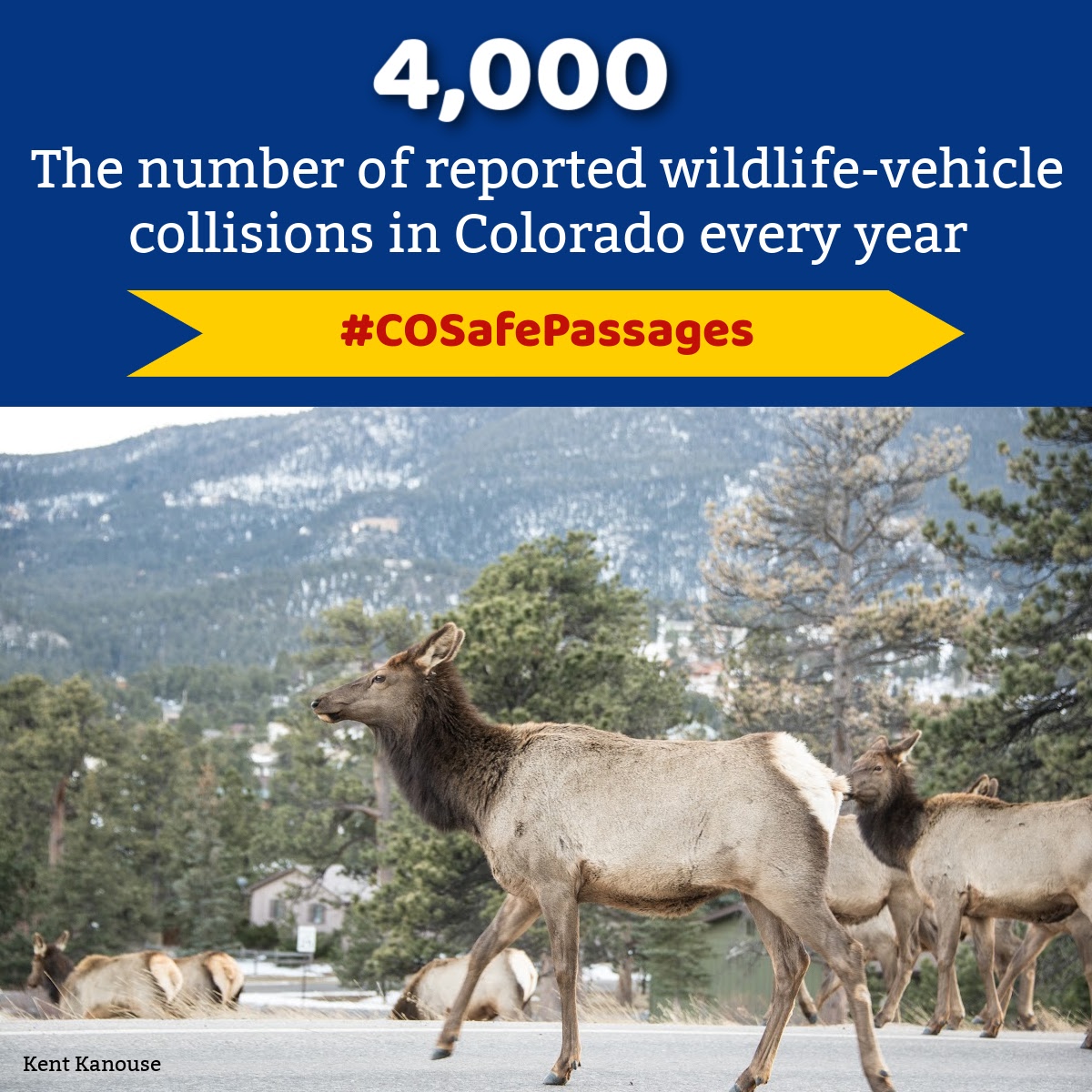
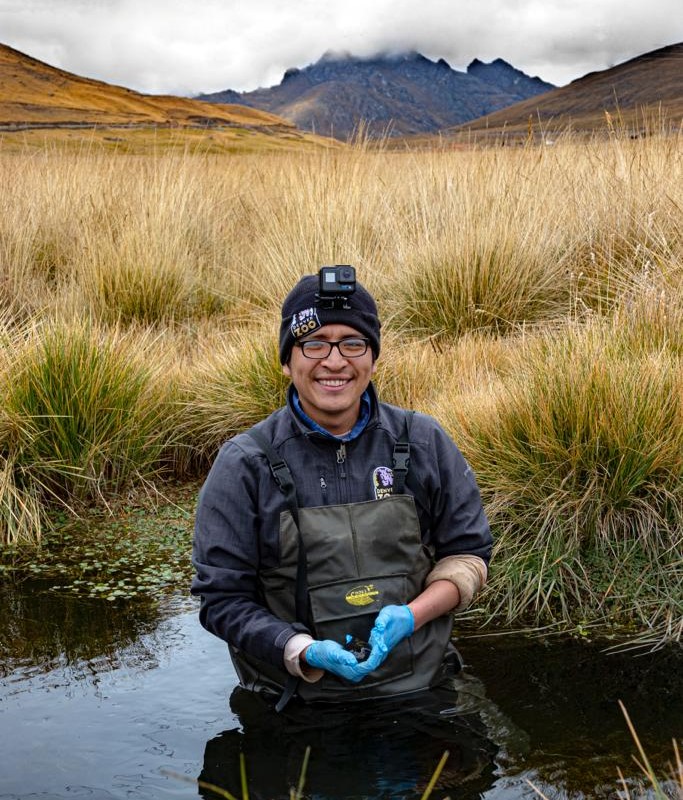
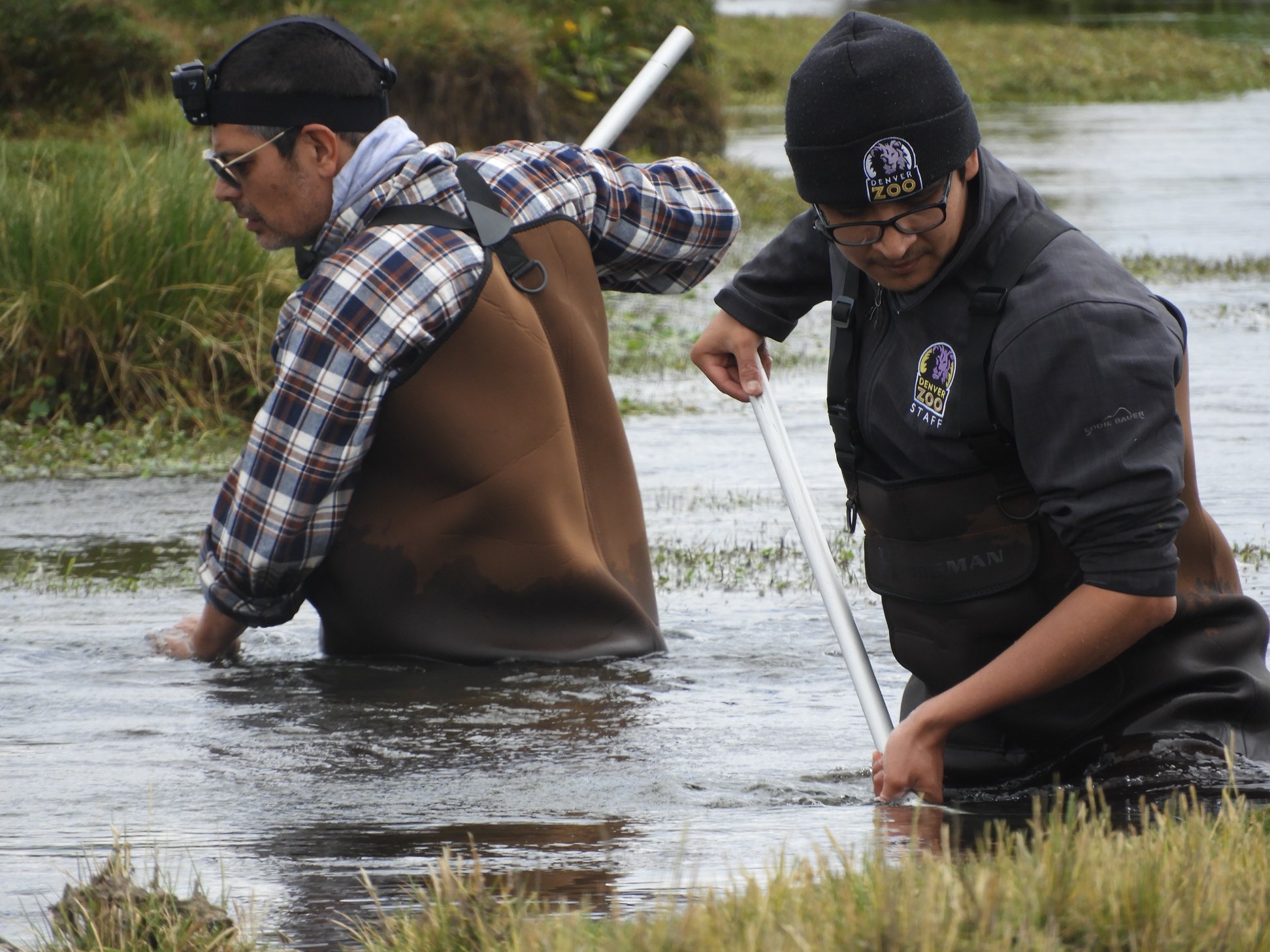
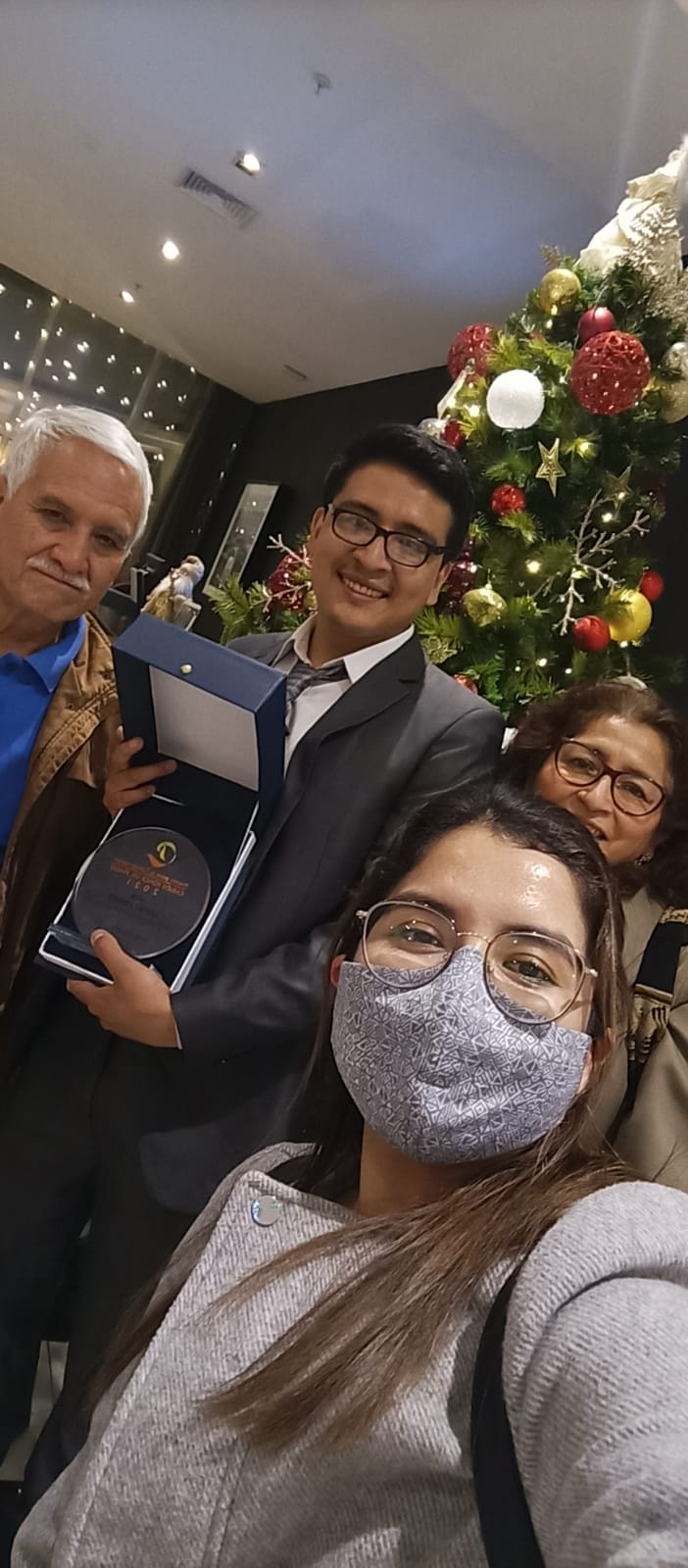

 Travis Garrett (Denver Zoo) and Aimee Sugrue (Mystic Aquarium) hand-feed sardines to African penguin chicks
Travis Garrett (Denver Zoo) and Aimee Sugrue (Mystic Aquarium) hand-feed sardines to African penguin chicks Stephanie after releasing rehabilitated penguins to the resident African penguin colony at Boulders Beach
Stephanie after releasing rehabilitated penguins to the resident African penguin colony at Boulders Beach